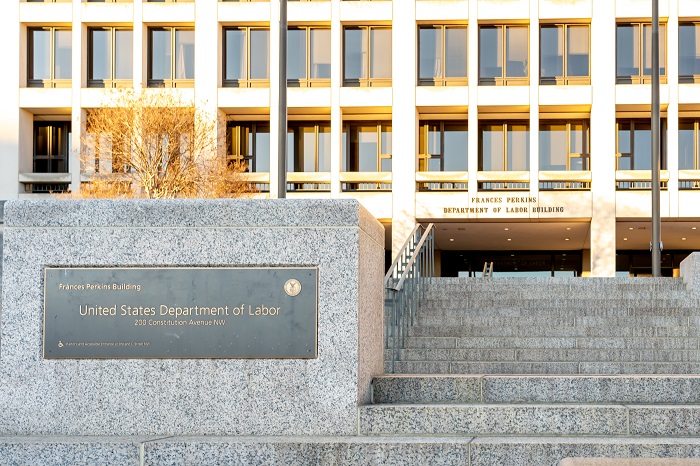Receive free Markets updates
We’ll send you a myFT Daily Digest email rounding up the latest Markets news every morning.
Global equities sold off on Tuesday as investors braced for a prolonged period of high interest rates, while the dollar strengthened and Treasury yields stuck at multiyear highs.
Wall Street’s benchmark S&P 500 fell 1.1 per cent while the tech-focused Nasdaq Composite dropped 1.2 per cent, hitting its lowest level since early June.
Tech stocks — which tend to be particularly vulnerable to high interest rates — were among the biggest fallers on Wall Street, with Microsoft giving up 1.8 per cent, Apple down 1.9 per cent and Amazon losing 3.2 per cent.
European equities extended losses into the fourth straight trading session, with the region-wide Stoxx Europe 600 falling 0.5 per cent, while Germany’s Dax declined 0.9 per cent to close at its lowest level since March.
In Asia, Hong Kong’s Hang Seng index dropped 1.5 per cent, China’s CSI 300 and Japan’s Topix both fell 0.6 per cent.
Government bond yields across the US and Europe surged in the past week, as hawkish central bank officials indicated that borrowing costs would remain at elevated levels for longer than the market expected.
Yields on the benchmark 10-year US Treasury were flat at 4.54 per cent, near their highest level since 2007, while yields on the 30-year note added 0.01 percentage point to a fresh post-2011 high of 4.67 per cent.
Yields on 10-year German Bunds, a regional benchmark in Europe, were flat at 2.8 per cent on Tuesday, remaining near their highest level since 2011.
The dollar, which tends to rise when investors expect tight monetary policy, added 0.1 per cent against a basket of six peer currencies, having hit a 10-month high in the previous session.
“We have long thought that the equity market has been too aggressive in pricing in rate cuts and strong economic growth,” said Mark Haefele, chief investment officer at UBS Global Wealth Management.
“But an imminent end to rate hikes and the prospect of weaker growth as rates are kept higher for longer support our preference for fixed income.”
Investors are expecting the first rate cut by the Fed to take place next June after the central bank last week signalled a reduction in the overall number of cuts in 2024 and 2025.
Investors are turning their attention to preliminary inflation data for the eurozone due later this week, which is expected to show that annual consumer prices in the 20-country bloc dropped to 4.5 per cent in September, down from 5.2 per cent in August.
Christine Lagarde, president of the European Central Bank, reiterated in a speech on Monday that rates in the eurozone would remain high for as long as necessary to bring inflation back to the 2 per cent target, even as activity begins to slow.
Last week, the ECB lifted its benchmark deposit rate by 0.25 percentage points to an all-time high of 4 per cent, in what was likely to be the last round of tightening scheduled for this cycle.
Adding to concerns over inflation, oil prices have risen almost 30 per cent since June, as some of the world’s leading producers of the fossil fuel announced a series of supply cuts to last until the end of this year.
Brent crude, the international oil benchmark, advanced 0.4 per cent to trade at $93.65 on Tuesday, and the US equivalent, West Texas Intermediate, rose 0.6 per cent to $90.16.
“The recent surge in oil prices will make things even more complicated as it will both worsen the economic slowdown but also push up inflation,” said Carsten Brzeski, global head of macro at ING. “Balancing growth and inflation will become even harder.”
Credit: Source link











